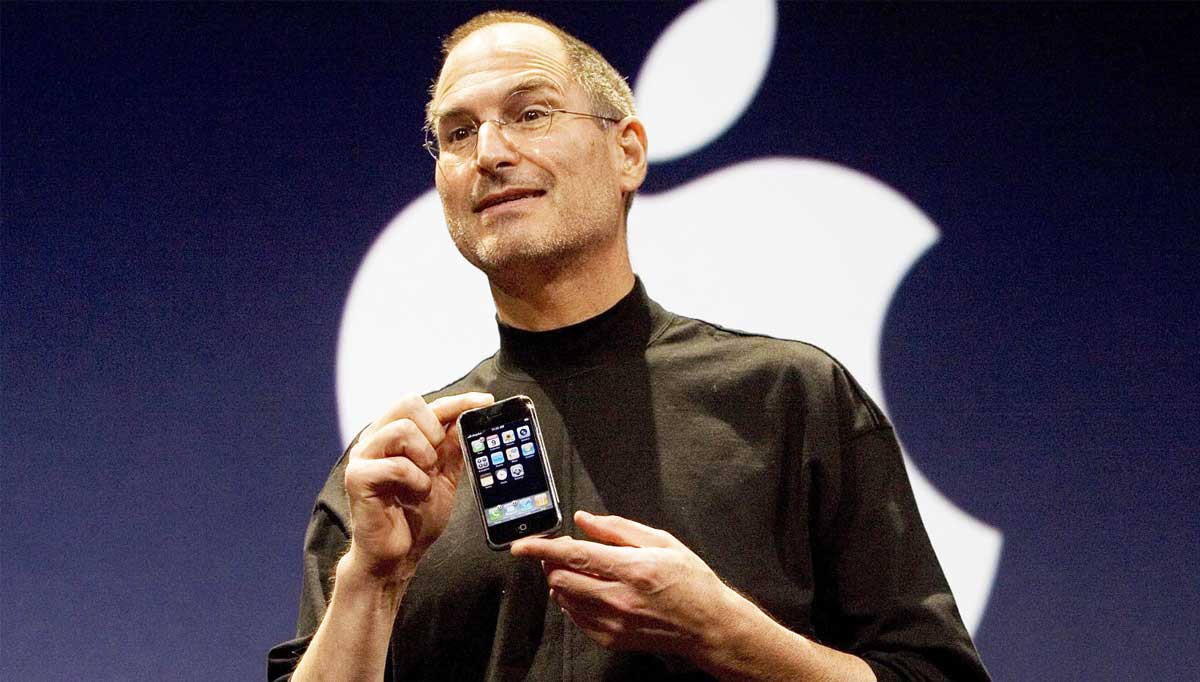When the world first experienced the internet and mobile phones, this created the hype where people spend their money to buy smartphones. But of course, at that time, high-end phones were cheaper, with the modern mobile future yet to be written.
Apple which was the one that sparked this trend, has used the demand to propel its business ahead, piggybacking the trend and became a $1 trillion company.
Fast forward, most if not all smartphone makers have high-end units that are indeed alluring: built with premium materials, powerful hardware, and the best of technologies the makers can pack into one small device.
High-end smartphones showcase the maker's peek capabilities at that given time, and boasting ego all at the same time.
With the world is already experiencing the benefits of mobile services and the matured internet, people are buying phones not to only fulfill their digital lives' needs, but also to keep up with the trends, and some is to deal with smartphone addictions.
But that doesn't necessarily means that they're upgrading their phones frequently, especially of they own pricey ones that cost well over $1,000.

Smartphone makers put much of their efforts, time and money to create high-end smartphones, also because they can sell them with hefty price tags.
For obvious reasons, most people won't pay the extra money to buy something that isn't worth that money.
But here is the thing. With smartphone makers jacking up the prices of their high-end smartphones at each coming year, many consumers are pushing back.
If someone is buying a new pricey phone that is the best in the market, they will imagine and expect the superlatives.
For example, they want their phones to keep up with what the global trends have to offer. They want their phones to be the fastest, the most powerful, the most secure, the most reliable, and the most capable of withstanding worst case scenarios that may not make sense for regular users.
To these people, their phones should be the best in everything. And to them, it's a proud feeling to own those high-end devices.
And with the support of the makers, their devices will receive software updates to make their phones feel new at each coming years.
But here is the problem: with smartphone makers creating more reliable, capable and better phones in each coming generation, owners of those phones consider their phones to be good enough. And with repair services sprouted up to keep older phones working longer, consumers won't be upgrading their devices often, with most of them upgrading their phones with a new one only after a year or two.
Only enthusiasts and people with a lot money to spare might want the latest and greatest phones each year. But for most people, who are the majority of consumers, they don't think the move is a necessary thing to do.
While phones are indeed redesigned and tweaked to improve experience in many ways at each coming generation.
For example, from face recognition embedded hardware, in-screen fingerprint reader, larger screen-to-body ratio, higher refresh rate, powerful and more capable cameras, high-end smartphones are created to woe buyers.
More hardware capabilities translate to improved experience, and better sense of proud ownership.
However, since the development of the next-generation hardware tend to be slow, most smartphone innovations come from its software.
For example, over the course of several years, smartphone cameras don't improve much in general. While many smartphone makers are adding more cameras, most of the improvement comes from the software that powers the cameras. Then there is that smartphone battery that doesn't get much upgrade, which forces smartphone makers to tweak its software to be less power hungry and more efficient.
Upgrades to phone features and specifications are often minimal between generations of the same device, and better software updates from phone manufacturers, most notably from Apple, have done a good job of enabling older devices to access some of the same features and security patches as newer phones.
As a result, without quick improvements in groundbreaking hardware which radically improve most aspects of performance and design, high-end smartphone market is hitting the plateau.

Cheap Phones And Second-Hand Ones
When high-end smartphones become less of a star on the market, lower end ones, including second-hand devices, are replacing the spot.
Mid-range phones are getting more powerful. They too have given access to more capabilities and reliability. For example, if a high-end smartphone from one Android manufacturer just hit the market, usually, it's only a few months before that manufacturer will release a mid-range smartphone with similar design and power.
Given that hardware doesn't (rarely) change much from one generation to the next, less expensive devices are getting features previously found only in pricey flagship phones, if consumers can just wait. Those consumers won't lose much for their time spent.
For iPhones, Apple generally releases its high-end smartphones with a low-end ones at the same time. The two variants do have different specification, with the high-end one obviously packing the most feature and capabilities than the low-end ones.
But the former comes at a much higher price.
And if consumers really do want to own a high-end smartphones, considering that the pricey phones are reliable, they can get them after a year being released, but at a much cheaper price.
In conclusion, unless smartphone makers, Google which owns Android and Apple with iOS, as well as carriers can come up with a really solid reason for consumers to upgrade, most consumers won't upgrade.
They won't be paying that extra money for something that won't get obsolete in the short-coming years.